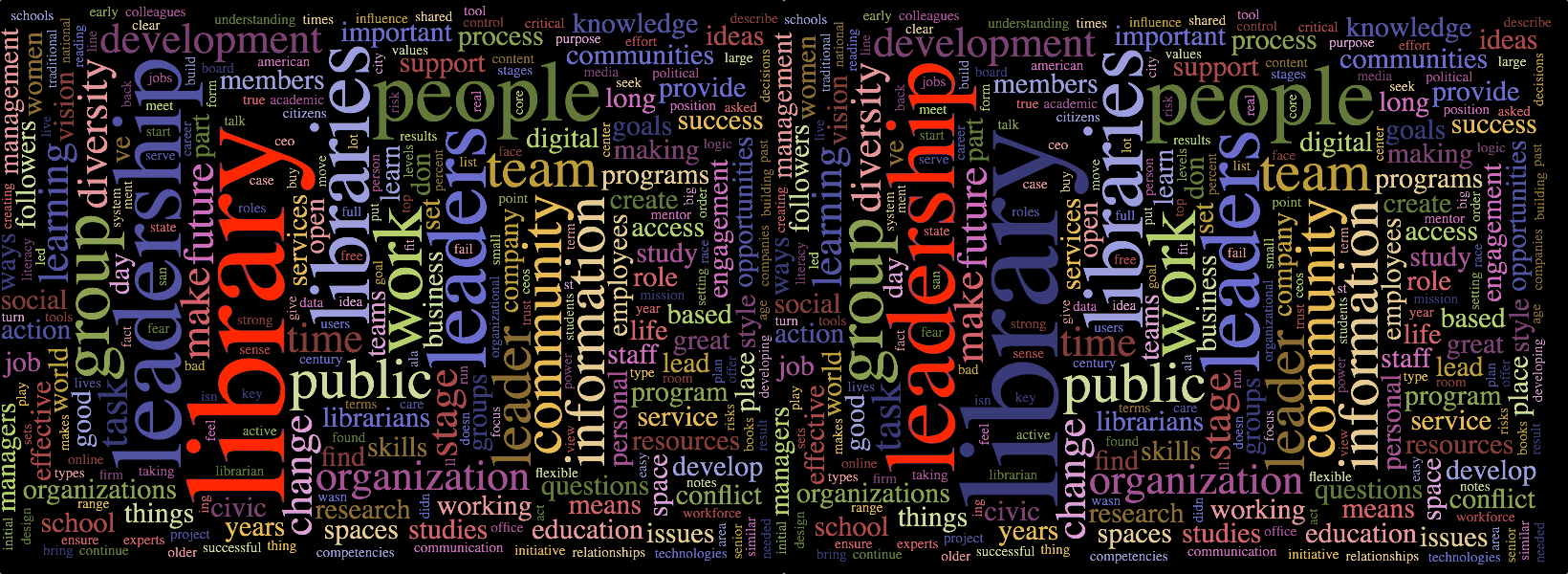Social Media is periodically used by political and social actors to arouse emotional responses to misinformation and disinformation to sow division and enhance loyalty to their own causes.
Public libraries are in a unique position to counter this practice by using the same social media tools to develop information literacy and critical thinking in the general public. A few carefully crafted, interactive campaigns could be used to engage community members and encourage them to
-
- Appreciate the benefits of distinguishing between demonstrable fact, emotionally titillating fiction and beliefs.
- Evaluate the context in which information is provided.
- Consider the objectives, priorities and potential biases of sources.
- Understand their own objectives in seeking, selecting and using information.
Such a campaign would require a combination of witty memes and skillfully crafted interactive tools that would both engage members of the public and instruct them in information literacy and critical thinking.
Done right, a social media campaign could develop information literacy in the public and enhance the brand of libraries as sources for and advocates of reliable, fact based information.
How would this be accomplished?
To begin with, public libraries are good at providing information, so the instinct is to take a “This is a fact and that is not” (we are the authority) approach to service. However, these days information changes and spreads at a rate that renders this approach impractical. As an alternative, consider the old adage, “Give a person a fish and you feed them for a day; teach a person to catch fish and you feed them for a lifetime.” Public libraries need to teach information literacy to the public rather than attempt to be information literacy for their communities. This has the added advantage of keeping libraries out of the fray. We can certainly have our opinions, but we make it clear that as institutions we are teaching choice, not taking sides.
In addition, public libraries need to reconsider the classroom paradigm. When teaching information literacy, classrooms are fine for K-12 or academic libraries where students are a captive audience and receptive to the instruction via classroom approach. The general public, especially working adults with kids, however, are not likely to embrace giving up an evening or a series of evenings to go to the library, sit in a classroom and be instructed on something as esoteric as information literacy.
Teach me about writing a will? Fine.
Teach me how to avoid a propaganda rabbit hole?
That’s not going to happen to me, so why waste my time?
Besides, I hated school
and I have no desire to sit in a classroom again.
Social media is a viable option. It reaches the community in their spare time wherever they happen to be, even if it’s just the 15 minutes they’re on the bus to the train station or waiting for their daughter to get out of soccer practice. It’s interactive so it can take advantage of basic pedagogical principles, and it can be entertaining so it keeps them engaged.
